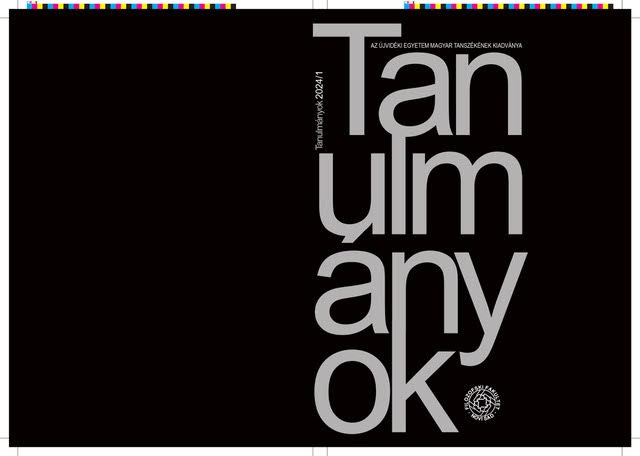Yugoslavia and the Policy of Non-Alignment in the Second Half of the 1960s
Yugoslavia and the Policy of Non-Alignment in the Second Half of the 1960s
Author(s): Boris S. NovoseltsevSubject(s): History, Diplomatic history, Political history, Recent History (1900 till today), Post-War period (1950 - 1989)
Published by: Филозофски факултет, Универзитет у Новом Саду
Keywords: Yugoslavia; foreign policy; diplomacy; Non-Aligned Movement; the Non-Aligned Conference in Lusaka; Josip Broz Tito
Summary/Abstract: Based on material from the Archives of Yugoslavia (Belgrade, Serbia) as well as a number of international documents and analytical papers published in English on the Internet, the artic- le attempts to analyse the development of the policy of non-alignment in the second half of the 1960s, the role Yugoslavia and personally President Josip Broz Tito played in it, and the ways to extricate the Non-Aligned Movement from crisis. The initiatives to hold an interna- tional summit dedicated to cooperation between the countries of Asia, Africa, and some other regions of the world and the reasons for the success of the Yugoslav-Indian concept of non-alignment are explored in broad international context. Consideration is given to the prepa- ration of the Lusaka conference; the range of issues under discussion; the structure of the permanent institutions of the Non-Aligned Movement that emerged at the summit; the impact of decisions made on the further development of the Non-Aligned Movement in the 1970s.
Journal: Tanulmányok
- Issue Year: 2024
- Issue No: 1
- Page Range: 107-122
- Page Count: 16
- Language: English

